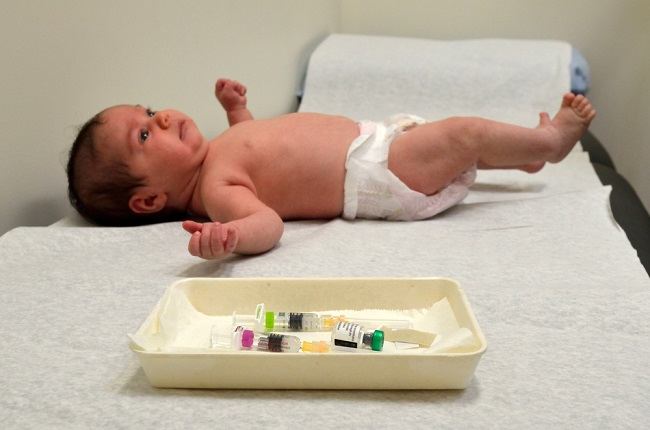Inhalation is part of the respiratory cycle and is one of the main factors to support survival. So, it is important for you to recognize what inhalation is, how it works, and the health problems that may occur in the process.
Inhalation is the process when you inhale oxygen through your nose and into your lungs. The air that enters the lungs is then distributed to all parts of the body so that the cells and organs of the body can function optimally.

This is how the process of breathing happens
Breathing begins when you inhale through your nose. Next, the air will descend into the larynx and into the trachea or windpipe, until finally to the lungs.
Most of the breathing process is assisted by a large dome-shaped muscle that is located under the lungs and separates the chest cavity and abdominal cavity. This muscle is called the diaphragm.
As you inhale, the diaphragm contracts downward to create an empty space in the chest cavity, so that the lungs can draw in the air you breathe in. This process is called inhalation.
When you exhale, the diaphragm relaxes back up and forces the lungs to deflate and expel air that contains carbon dioxide.
Disturbing Disease Inhalation Process
The respiratory system consists of many organs. If one organ or part of the respiratory system is problematic, the inhalation process will automatically be disrupted. The following are some diseases that interfere with the inhalation process:
1. Rhinitis
Rhinitis is an inflammation of the inside of the nose that is usually triggered by an allergy to pollen, dust, mold, or certain animal skin flakes. This condition makes sufferers become sneezing and runny nose. If the swelling in the nose is severe, the nose can become blocked and make it difficult for the sufferer to breathe.
2. Asthma
Pasa asthma occurs narrowing and inflammation of the airways that makes sufferers have difficulty breathing, coughing, and sometimes chest pain. The exact cause of asthma is not known, but there are several factors that trigger asthma symptoms, including exposure to substances in the air, weather conditions, and physical activity.
3. Bronchitis
Another disease that can interfere with the inhalation process is bronchitis, which is inflammation due to a viral infection of the main respiratory tract or bronchi. Symptoms that arise due to this condition are coughing and shortness of breath
4. Pneumonia
Pneumonia is a lung infection that causes the air sacs to become inflamed and filled with fluid or pus. As a result, patients can experience shortness of breath, cough with phlegm, chest pain when breathing or coughing, fever, and chills. Of course this condition makes the inhalation process disturbed.
In addition to the above diseases, the inhalation process can also be disrupted due to obstructions in the airways, for example due to choking or injury.
Disturbances in the inhalation process should not be taken lightly because it can have a serious impact on health, even endangering lives. Therefore, immediately consult a doctor if you have trouble breathing, especially if it is accompanied by severe symptoms, such as pale skin, bluish-looking nails and lips, and cold sweats.









